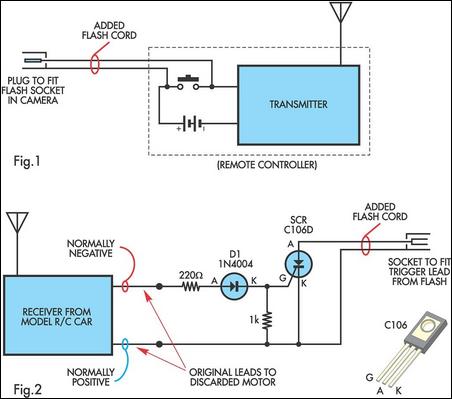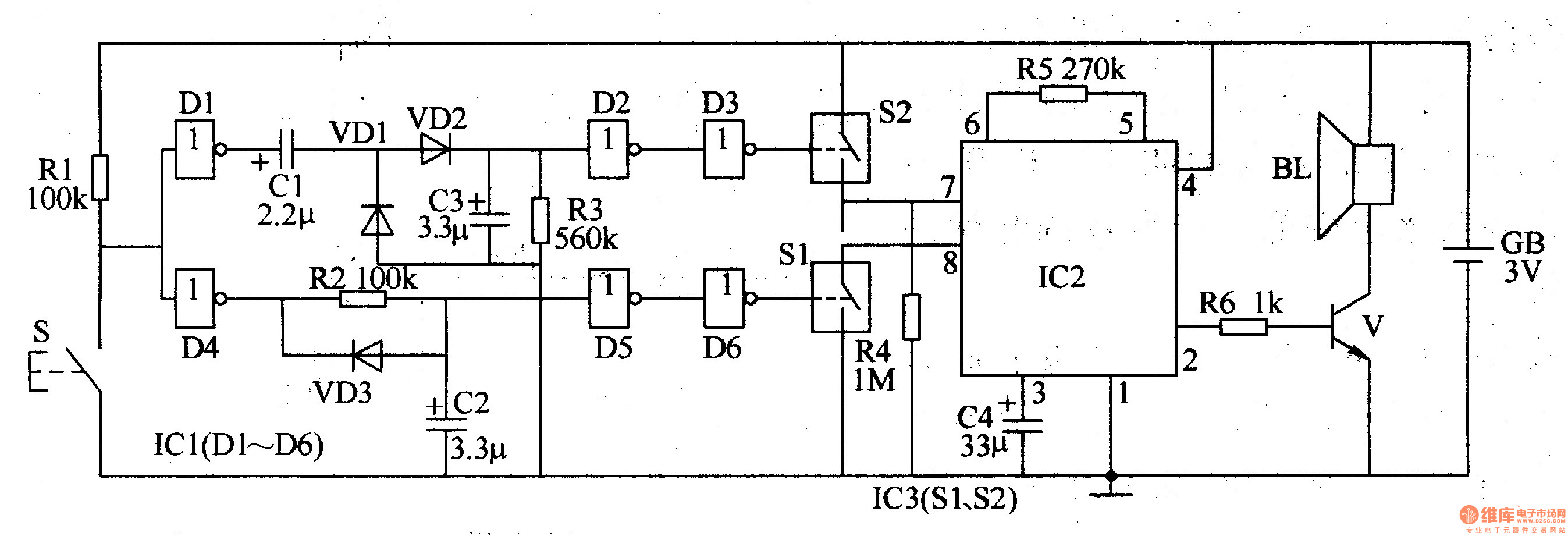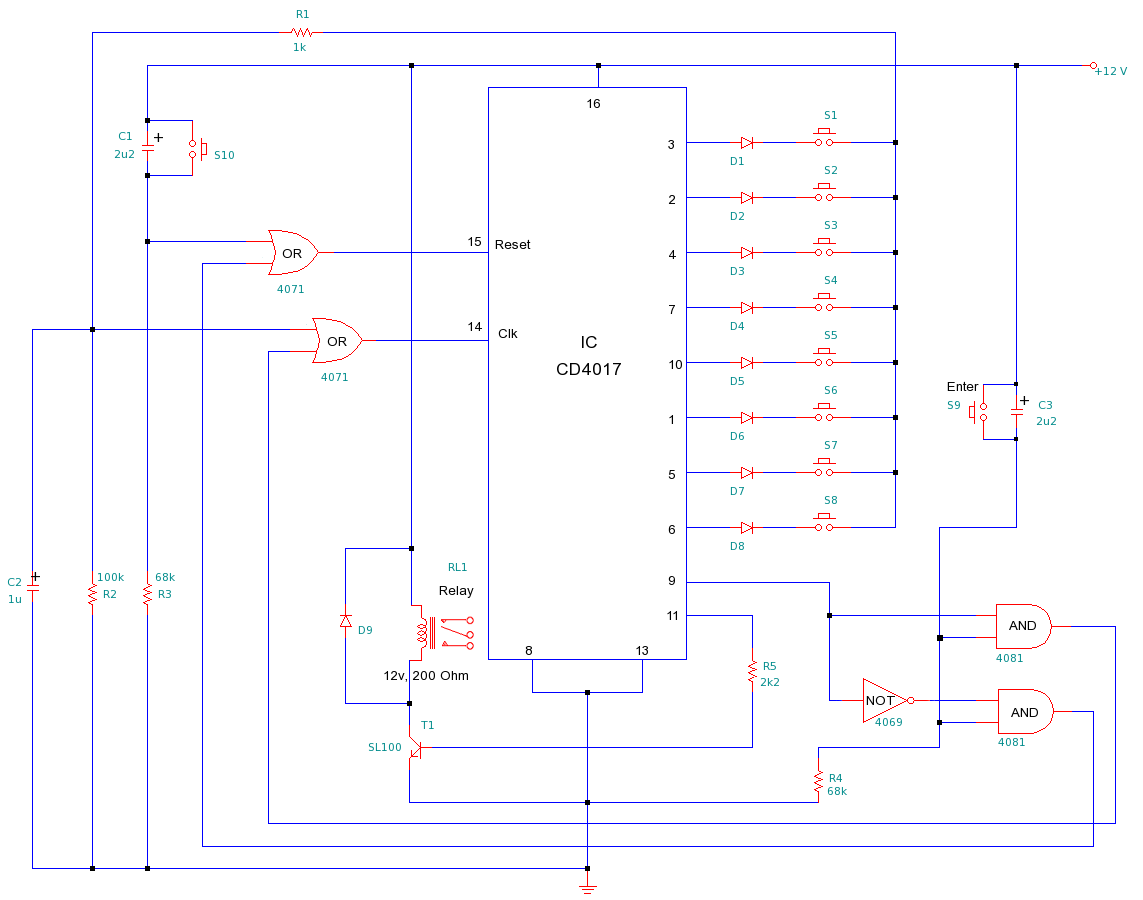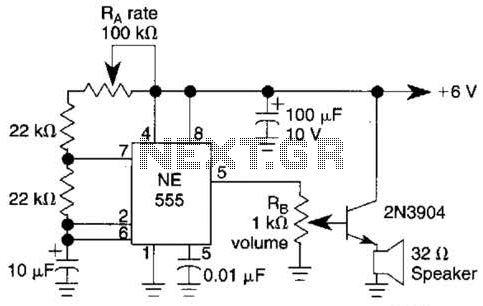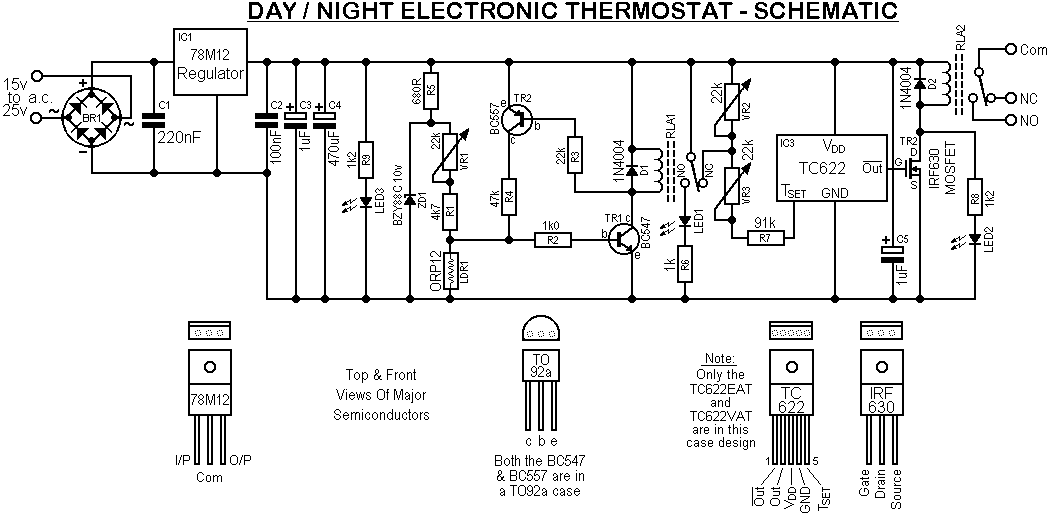
Electronic Stethoscope
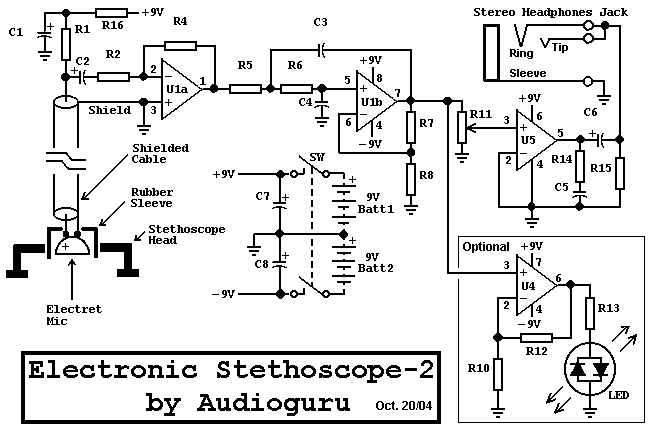
Stethoscopes are not only useful for doctors, but home mechanics, exterminators, spying and any number of other uses. Standard stethoscopes provide no amplification which limits their use. This circuit uses op-amps to greatly amplify a standard stethoscope, and includes a low pass filter to remove background noise.
The described circuit enhances a standard stethoscope's functionality by integrating operational amplifiers (op-amps) to amplify the audio signals captured by the stethoscope. The circuit design typically involves a two-stage amplification process. The first stage consists of a non-inverting op-amp configuration, which provides a gain that can be adjusted based on the resistor values used in the feedback loop. This stage amplifies the weak signals from the stethoscope's diaphragm.
Following the initial amplification, a low-pass filter is implemented to mitigate high-frequency noise that may interfere with the clarity of the sound being monitored. This filter can be realized using a resistor-capacitor (RC) network, where the cutoff frequency is determined by the values of the resistor and capacitor. The cutoff frequency should be set appropriately to allow the relevant audio frequencies (typically in the range of 20 Hz to 20 kHz) to pass while attenuating frequencies above this range that are not of interest.
The final output from the low-pass filter is then routed to a second op-amp stage, which may be configured similarly to the first stage to provide additional gain if necessary. The output can be connected to a speaker or headphones for real-time audio monitoring, or to an analog-to-digital converter (ADC) for further processing in a digital domain, such as recording or analysis.
Power supply considerations for the op-amps must also be addressed, ensuring that the circuit operates within the specified voltage range of the chosen op-amps. Additionally, proper grounding and layout techniques should be employed to minimize noise and ensure stable operation of the circuit.
Overall, this circuit design not only enhances the functionality of a standard stethoscope but also expands its applicability across various fields beyond medicine, including mechanical diagnostics and surveillance.Stethoscopes are not only useful for doctors, but home mechanics, exterminators, spying and any number of other uses. Standard stethoscopes provide no amplification which limits their use. This circuit uses op-amps to greatly amplify a standard stethoscope, and includes a low pass filter to remove background noise.
🔗 External reference
The described circuit enhances a standard stethoscope's functionality by integrating operational amplifiers (op-amps) to amplify the audio signals captured by the stethoscope. The circuit design typically involves a two-stage amplification process. The first stage consists of a non-inverting op-amp configuration, which provides a gain that can be adjusted based on the resistor values used in the feedback loop. This stage amplifies the weak signals from the stethoscope's diaphragm.
Following the initial amplification, a low-pass filter is implemented to mitigate high-frequency noise that may interfere with the clarity of the sound being monitored. This filter can be realized using a resistor-capacitor (RC) network, where the cutoff frequency is determined by the values of the resistor and capacitor. The cutoff frequency should be set appropriately to allow the relevant audio frequencies (typically in the range of 20 Hz to 20 kHz) to pass while attenuating frequencies above this range that are not of interest.
The final output from the low-pass filter is then routed to a second op-amp stage, which may be configured similarly to the first stage to provide additional gain if necessary. The output can be connected to a speaker or headphones for real-time audio monitoring, or to an analog-to-digital converter (ADC) for further processing in a digital domain, such as recording or analysis.
Power supply considerations for the op-amps must also be addressed, ensuring that the circuit operates within the specified voltage range of the chosen op-amps. Additionally, proper grounding and layout techniques should be employed to minimize noise and ensure stable operation of the circuit.
Overall, this circuit design not only enhances the functionality of a standard stethoscope but also expands its applicability across various fields beyond medicine, including mechanical diagnostics and surveillance.Stethoscopes are not only useful for doctors, but home mechanics, exterminators, spying and any number of other uses. Standard stethoscopes provide no amplification which limits their use. This circuit uses op-amps to greatly amplify a standard stethoscope, and includes a low pass filter to remove background noise.
🔗 External reference
